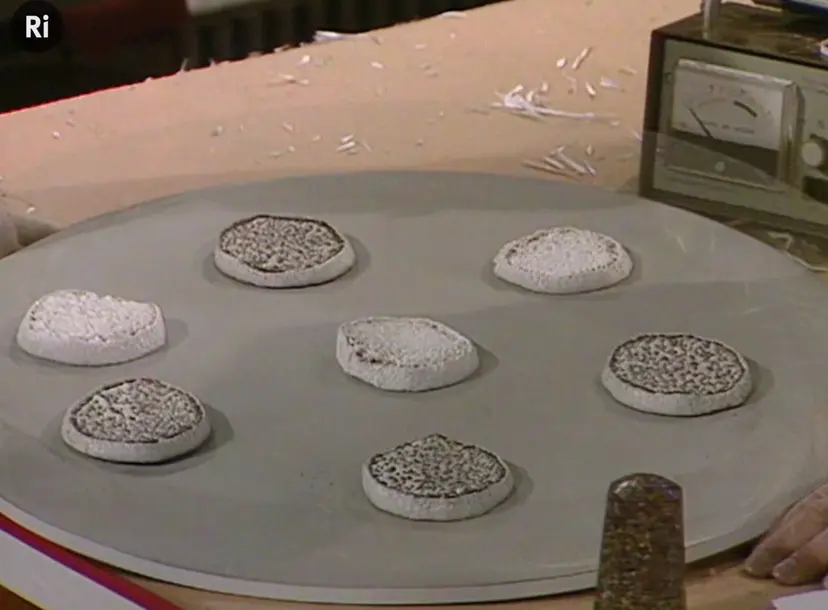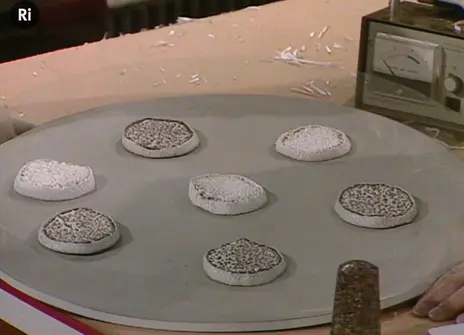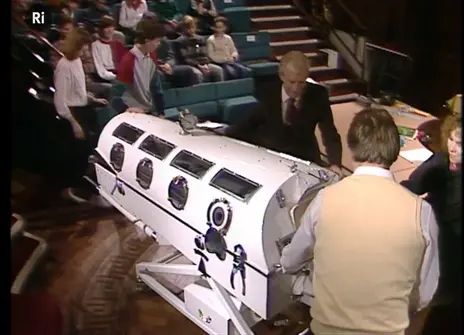Lecture 3 – Genetic engineering
From the 1984 lecture programme:
How can we isolate and study the genes one at a time? The answer is to clone them. Plant cuttings and bacterial colonies are clones, namely a population of cells all derived from the same initial cell by cell division.
Genetic engineers have found ways of cutting up DNA into identifiable pieces and inserting these one at a time into a bacterium. The inserted piece of DNA, a gene, then divides with the bacterium — it's been cloned.
Now, a human gene cloned in this way can be produced in pure form in unlimited amounts, since it is easily distinguished from the bacterial DNA. And the bacteria can be made to produce the human gene's product — insulin for treating diabetics, interferon for treating viral diseases or a growth hormone to make you grow bigger.
Genetic engineers can now clone and "read" any gene and it is only a matter of time before the whole human DNA language is read. That is a tremendous boost, not only for the biotechnology industry, but also for understanding the nature of all those differences between people.
About the 1984 CHRISTMAS LECTURES
From the 1984 lecture programme:
We are all different, in looks, in behaviour, and in our susceptibility to disease. Many of these differences are reflected in the chemical makeup of our body and its cells, and most such differences are inherited.
The basic determinants of inheritance, the genes, make up the chromosomes that are found in the nucleus at the centre of every cell. The formal mechanics of inheritance and chromosome behaviour were worked out by Mendel, and later, his successors in the early years of this century. But the chemistry of the genes starts with the DNA double helix of Watson and Crick.
The language of the genes has now been deciphered, so that the small misprint that can cause a major disease, such as the sickle-cell anaemia found mainly in people of African origin, can be read and interpreted.
New developments in genetics have made it possible to study the chemistry of the genes to an extent that could hardly even have been imagined only ten or fifteen years ago. This new genetics, or genetic engineering as it is sometimes called, is beginning to uncover the secrets underlying individual differences, and to provide the tools for understanding and perhaps correcting diseases with a genetic basis.
Now we are beginning to see what it might be that turns a normal cell into a cancer cell, and why the body sometimes attacks itself to produce diseases such as diabetes in children or rheumatoid arthritis.
When will the new genetics tell us why, or whether, one person may become a gifted painter, another a musician, another an athlete and another a mathematician? How far can we go in explaining the infinite variety of mankind?






